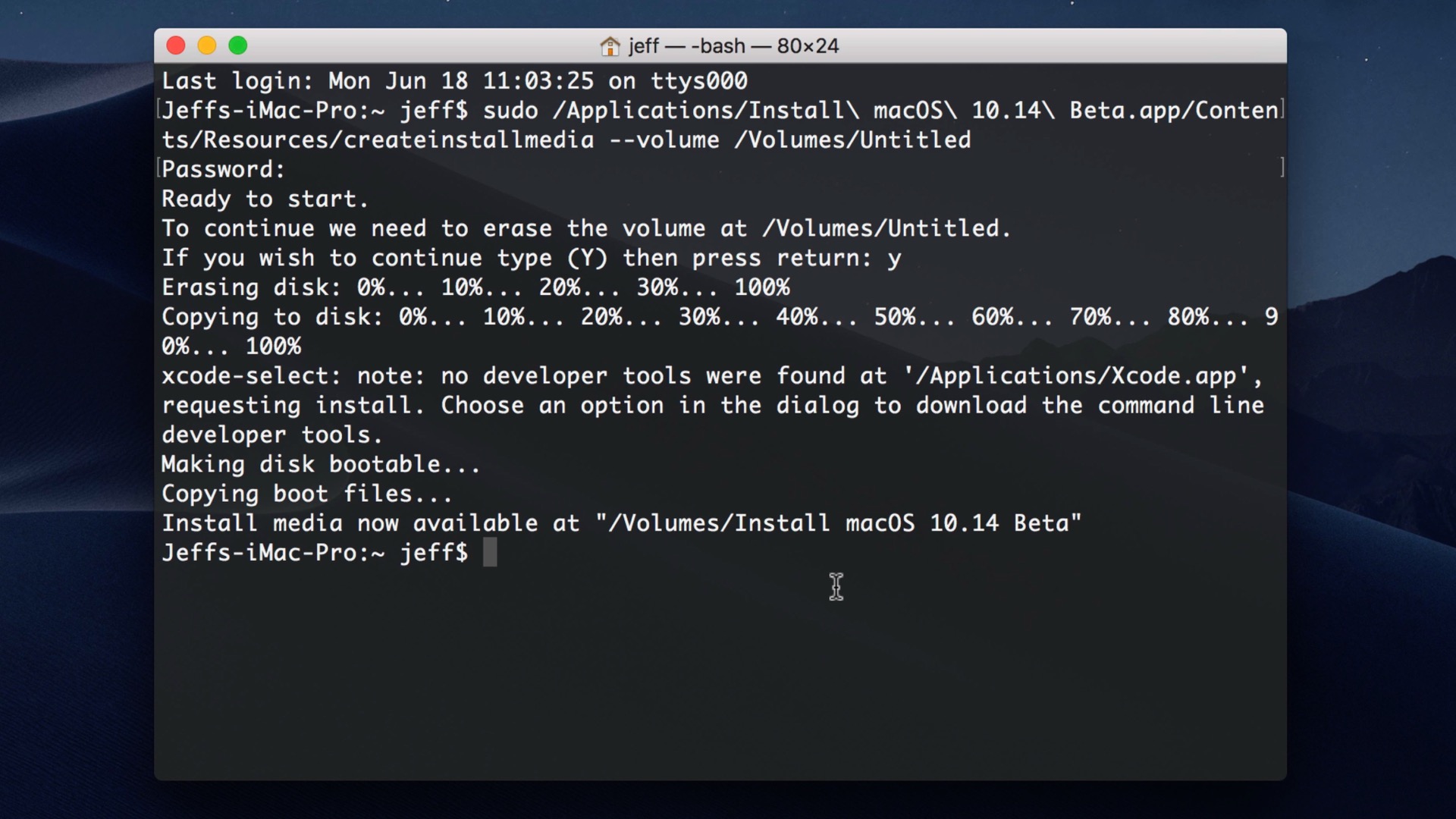How To Install Bootable Usb Dmg
These advanced steps are primarily for system administrators and others who are familiar with the command line. You don't need a bootable installer to install macOS, but it can be useful when you want to install on multiple computers without downloading the installer each time.

Download macOS
In the following instruction, we show specifically how to make a Mac OS X bootable installation USB from El Capitan.DMG, Yosemite.DMG, Maverick.DMG or any OS X older versions on Windows PC.
Bootable Usb Rufus
Download a macOS installer.* You can find the appropriate download link in the upgrade instructions for macOS Catalina, macOS Mojave, macOS High Sierra, macOS Sierra, and OS X El Capitan.
- If the macOS installer opens after downloading, quit it without continuing installation.
- macOS Sierra and El Capitan download as a disk image that contains an installer named InstallOS.pkg or InstallMacOSX.pkg. Run this installer before continuing.
- If downloading macOS Catalina, macOS Mojave, or macOS High Sierra for the purpose of creating a bootable installer, your Mac must be using macOS Sierra 10.12.5 or later, or El Capitan 10.11.6. Enterprise administrators, please download from Apple, not a locally hosted software-update server.
Then find the installer in your Applications folder as a single ”Install” file, such as Install macOS Catalina.
- Then find the installer in your Applications folder as a single ”Install” file, such as Install macOS Catalina. Use the 'createinstallmedia' command in Terminal Connect the USB flash drive or other volume you're using for the bootable installer.
- Step 3 Create Bootable USB from macOS Install Image Click 'Load DMG' to import your DMG file into the program. Insert a blank DVD and click Burn against the DVD option to write the DMG to the disk.
- Once the process is complete, remove the USB stick and use it to install the application associated with that DMG on any other Mac computer. Part 2: How to Burn DMG to USB (Bootable) via DMG Editor on Mac. UUByte DMG Editor is a versatile application that can help you burn converted DMG files to a USB drive.
- Here we share the download of Original MacOS Mojave 10.14.APP, DMG, ISO, and Bootable USB image.This is the official installation Downloaded from Apple App store! Direct download links are provided, you get the files without Apple Store.
Use the 'createinstallmedia' command in Terminal
- Connect the USB flash drive or other volume you're using for the bootable installer. Make sure that it has at least 12GB of available storage and is formatted as Mac OS Extended.
- Open Terminal, which is in the Utilities folder of your Applications folder.
- Type or paste one of the following commands in Terminal. These assume that the installer is still in your Applications folder, and MyVolume is the name of the USB flash drive or other volume you're using. If it has a different name, replace
MyVolumein these commands with the name of your volume.
Catalina:*
Mojave:*
High Sierra:*
Sierra:
El Capitan: - Press Return after typing the command.
- When prompted, type your administrator password and press Return again. Terminal doesn't show any characters as you type your password.
- When prompted, type
Yto confirm that you want to erase the volume, then press Return. Terminal shows the progress as the bootable installer is created. - When Terminal says that it's done, the volume will have the same name as the installer you downloaded, such as Install macOS Mojave. You can now quit Terminal and eject the volume.
* If your Mac is using macOS Sierra or earlier, include the --applicationpath argument, similar to the way this argument is used in the commands for Sierra and El Capitan.

Use the bootable installer
After creating the bootable installer, follow these steps to use it.
- Connect the bootable installer to a compatible Mac.
- Use Startup Manager or Startup Disk preferences to select the bootable installer as the startup disk, then start up from it. Your Mac will start up to macOS Recovery.
Learn about selecting a startup disk, including what to do if your Mac doesn't start up from it. - Choose your language, if prompted.
- A bootable installer doesn't download macOS from the Internet, but it does require the Internet to get information specific to your Mac model, such as firmware updates. If you need to connect to a Wi-Fi network, use the Wi-Fi menu in the menu bar.
- Select Install macOS (or Install OS X) from the Utilities window, then click Continue and follow the onscreen instructions.
Learn more
For more information about the createinstallmedia command and the arguments that you can use with it, make sure that the macOS installer is in your Applications folder, then enter this path in Terminal:
Catalina:
Mojave:
High Sierra: /csgo-mgge-to-dmg.html.
Windows 10 Bootable Usb Install
Sierra:
How To Install Bootable Usb Dmg Download
/how-to-download-firefox-on-a-mac.html. El Capitan: